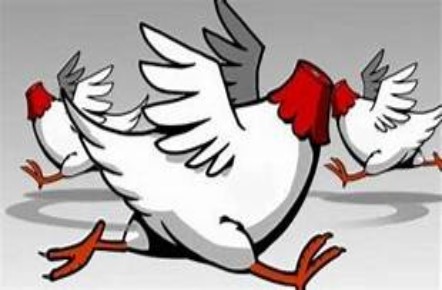WHEN ACTION MAY NOT BE ENOUGH
Up to now I have placed store on action. Experiments are all about action and doing something a little bit different. The NHS has a practical page of do’s and don’ts if you want a different perspective from that on offer from me.
Even so, there are times when, as it says in the Green Cross Code, we can STOP, LOOK and LISTEN, rather than act hastily.
There is an experiment to help us judge the situation and – before that – thinking in order to identify our options before making a judgement.
In short: using the steps:
THINK-FORM OPTIONS-JUDGE-ACT
offers a safe experiment:
Use the worksheet below, with one example already in place.
Record information about a disturbing event.
Include a date and time and the Distress Rating or SUD created by the event.

Note how easy it is to mix up my thoughts and judgments.
I had a good example of this when a contact drew my attention to the ‘Peter Pan’ syndrome; a dubious ‘label’ using a number of judgments and prejudices. The condition demonstrates how easy is it to use labels to cajole you, and other people, into acting differently.
In any safe experiment you design, please separate out your opinions, the opinion of others and the do-able actions you want to take.
I may have a ‘go’ at research, on my website but I do know that rooting out ‘evidence’ is necessary to measure the effectiveness of therapy. My only concern is what constitutes useful evidence?
On this website, I am only interested in actions you chose to take in order to act differently.
How might this be done? The big difference is to separate out the talk that goes on in my head and to gather relevant ‘facts’ so you can set priorities and form a sound opinion prior to taking action.
Note, also, that in the example I provide, the action – to work just one more hour – is based on a judgment about balancing the need to work late with getting up early. This serves to slow me down and not feel rushed before making an important presentation.
In such matters that balance will vary from person to person. It helps to be sure where you stand on an issue. It rather assumes you’ve gathered enough information to ask yourself the question at all.
Coming to conclusions
Coming to a conclusion – making a judgment – BEFORE taking an action is most likely to move me toward an effective small, safe experiment. Not doing this can undermine the links between my experiments.
Even so, in much of my work, I hear words telling some-one what they MUST do or SHOULD do. If you hear these words in your conversation, consider how you might use thinking to help edit the conversation. That way, it is possible to double-check the JUDGEMENT being made at this time as ‘must’ can be a cover for not doing! Even if you confirm that something MUST be done, is it still possible to increase the number of ways in which something CAN be done.
What are the choices of ACTIONS open to you ; taking effective action rather assumes you have choices and you know what some of them are.
Finally, it may help design safe experiments if you take into account the Discounting feature. It’s worth reflecting on the way discounting can close off some important choices.
It’s not an easy topic to take on board and you may need to come back to it in later safe experiments.
